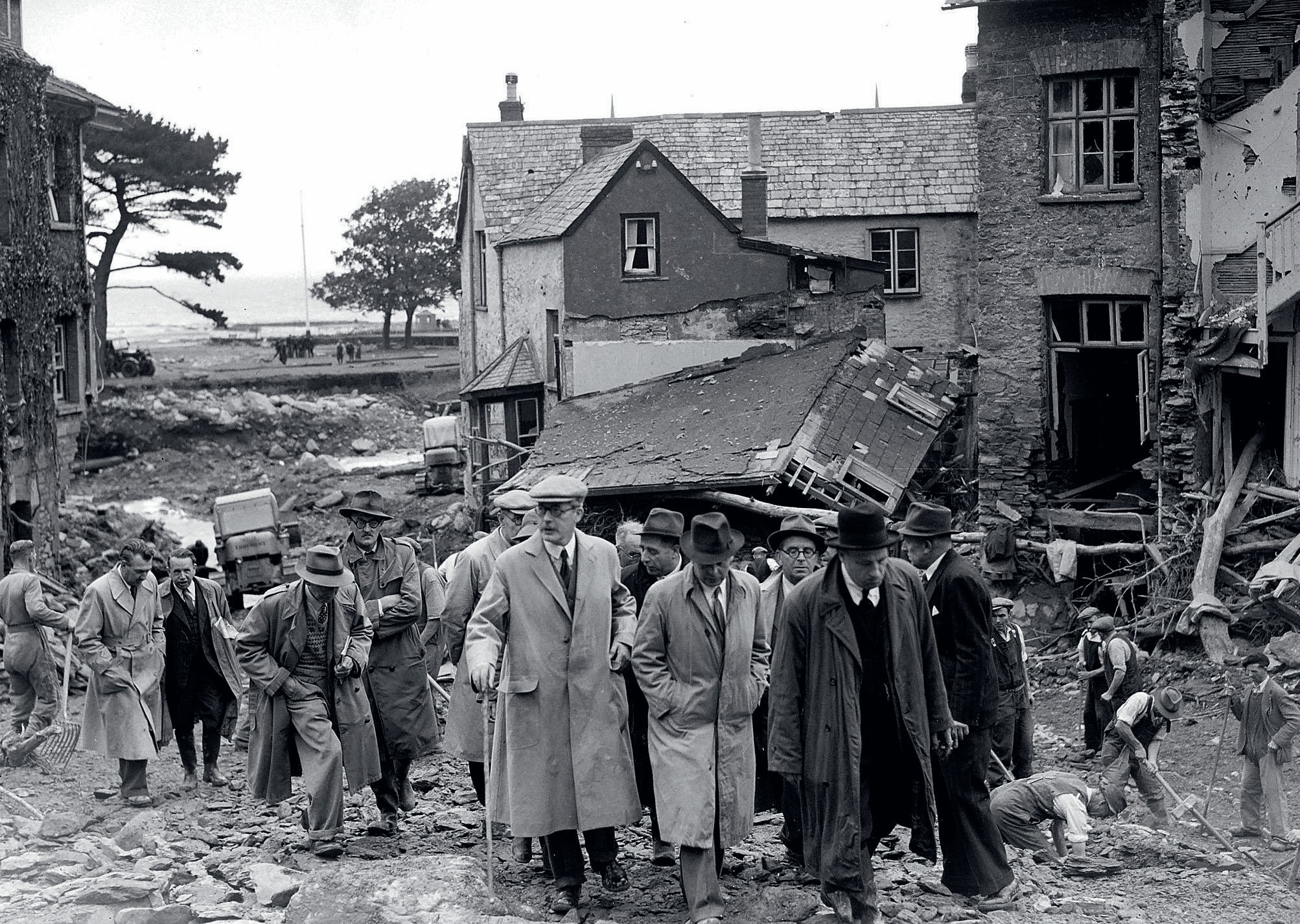
Flooding is the biggest natural hazard risk in the UK. This risk is likely to grow as the frequency of extreme rainfall events increases with climate change. Flash flooding is rare, yet potentially devastating. It occurs rapidly, following intense rainfall, often with little warning. In addition to the rapid rise in flood water, the high flows during these events are capable of moving vast amounts of material, such as mud, rocks and plants. The processes of erosion, deposition and sediment transport in large events can get overlooked, but understanding of their impacts is increasing.
Flash flooding occurs globally, and is more commonly associated with semi-arid regions where river flows are ephemeral, or in steep alpine catchments with a ready supply of sediment. In the UK, flash floods are exceptionally rare but they can be devastating. Some examples include Lynmouth in 1952, Boscastle in 2004 and the more recent event at Coverack in 2017.
Your organisation does not have access to this article.
Sign up today to give your students the edge they need to achieve their best grades with subject expertise
Subscribe




